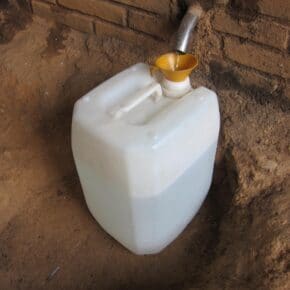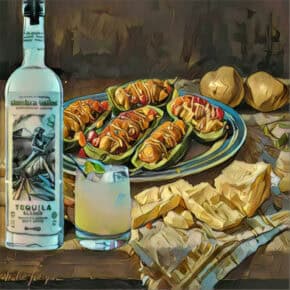Last month Patron launched a new tequila brand in the United States that is notable for what it borrows from mezcal and some of tequila brands who never gave up on the traditional manufacturing methods. Roca Patron is marketed entirely on the basis of being milled with a tahona. That’s the only thing you see called out in the magazine advertisements, their web site, anywhere they market it. It’s all about the rock. Aside from admirable discipline in marketing, they are literally running a text book case of single message marketing that should be live tweeted from marketing classes the world round, this represents something of a shift in the greater tequila and mezcal business.
The call to authenticity in distilling has always been a part of the Mexican story. That picture of the maestro mezcalero out there in the middle of nowhere hand harvesting piñas, roasting them underground in a pit, milling them with a donkey’s help, wild fermenting them in open vats, and then distilling them over an open fire, is a huge part of the romance of mezcal. It’s also been a huge part of the romance of tequila. Some brands like Fortaleza have always emphasized their use of the tahona while others reference the romance of the hacienda and other nostalgic Mexican stereotypes. And, lest anyone think this is just an American phenomenon, it’s a huge deal for Mexicans as well because it’s a big part of the local culture and how Mexicans like to see themselves. Sort of like the American obsession with freedom.
But this tahona marketing push is something new for the tequila business. The big brands like Patron have always been happy to craft their marketing campaigns so that they trigger associations with agrarian Mexican traditions like the hacienda house, rolling hills covered by blue agaves, the worn hands of the jimadore as he hacks into an agave. But they’ve never built a whole brand around a single component in that process and, to my knowledge, never built a product around it either. Smaller brands never abandoned the traditional processes, the aforementioned Fortaleza has been a stalwart along with a few other producers while the major tequila brands moved to more mechanical extraction processes in order to speed production and guarantee consistency of their product. By emphasizing the tahona it seems like they’re trying to associate themselves with the artisanal movement while extracting a premium price. It’s a fascinating development that’s not without positive developments because if Patron has a tahona driven facility perhaps others will take notice and refocus on tequila’s artisanal roots.













Leave a Comment